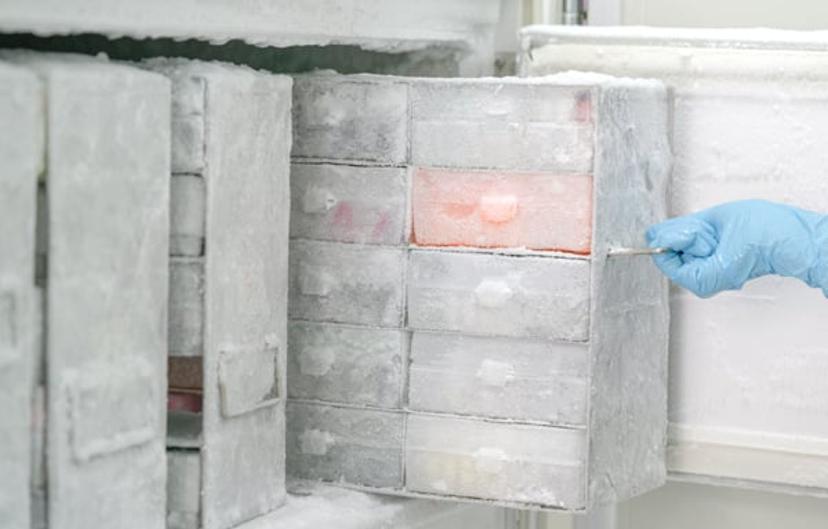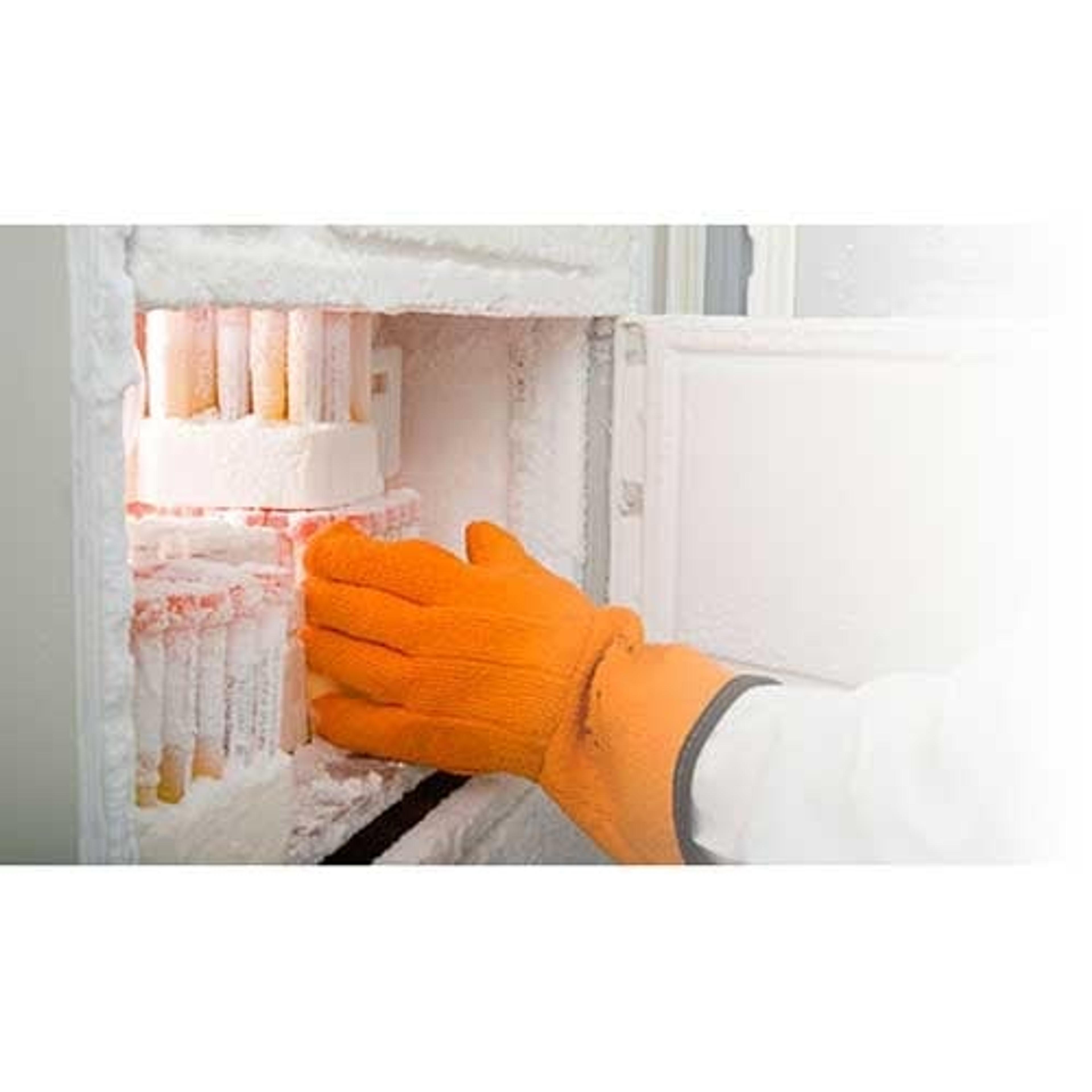The Biorepository Solution Giving Cancer Researchers Access to Over 150,000 Tumor Samples
Find out how the Knight Cancer Institute BioLibrary at Oregon Health and Science University approached the challenge to connect samples and data from multiple sites with the help of a single LIMS
26 Sept 2018
Elucidating the mechanisms of disease at a cellular and molecular level is key to the development of new treatments, as well as diagnostics tools. For researchers looking to expand understanding of health and disease, access to clinical samples is essential. Biobanking facilities are core to researcher access of patient samples: managing collection, storage and distribution of biospecimens, while also ensuring donor rights are maintained.
Managing hundreds of thousands of samples may seem quite a daunting task. Here, we share how one university biobanking facility tackled this challenge, centralizing more than 120 disparate biobanks, biorepositories, and registries into a single database system.

Centralizing management of 150,000+ tumor samples
The Knight Cancer Institute BioLibrary at Oregon Health and Science University (OHSU) primarily man-ages human oncology samples, and contains over 150,000 tumor samples from around 25,000 participants enrolled in 40 study protocols. Back in 2013, the institute embarked on a mission to centralize various Institutional Review Board-approved registries, databases, and sample collections across its university system, in order to give researchers greater access to these samples and corresponding annotations/data via a centralized BioLibrary.
Important criteria for this project included consistency, to enable standards in sample and data collec-tion; flexibility, to address the needs of various researchers; compliance for CAP-certified labs and other regulations — such as tracking patient consent, structure and security for database best practices — and support, to maintain and update the system. To overcome issues associated with reliability and support associated with a home-grown system, the Knight Cancer Institute BioLibrary chose the LabVantage Biobanking LIMS to manage and track all departmental security, protocols, samples, participants, and data.
“We knew we had to do this because every institution is moving towards aggregating all its data and putting it in a place that everybody can get at it and actually use it,” says Grant Roesler, OHSU systems/application analyst for LIMS configuration and data migration services.
An evolving approach to biobanking
LabVantage Biobanking LIMS is designed specifically to meet the needs of biorepositories, from study management and data security to regulatory compliance. The leadership at the Knight Cancer Institute BioLibrary chose to have a dedicated team of super users manage requests for samples via other systems, using the LIMS to distribute samples to researchers. A small user group of approximately 20 staff was assigned to enter samples into the LIMS.
LabVantage Biobanking LIMS
LabVantage Biobanking addresses all aspects of biorepository management so that you can store and distribute well annotated, high-quality biospecimens.
Since the Knight Cancer Institute BioLibrary first deployed LabVantage Biobanking in 2014, it has com-pleted four in-house migrations from legacy tracking systems — accounting for about 25 percent of the university’s existing repositories — while also adding new biospecimens.
The BioLibrary has upgraded its LabVantage Biobanking LIMS twice, and currently uses the latest Lab-Vantage Biobanking 8, which offers new features to streamline the biobanking process. The team at the BioLibrary initially used a customized approach to assign samples to generic studies but say they are now able to assign samples to different studies by adopting the software’s new out-of-the-box ‘Change Study’ functionality — something that Roesler describes as a ‘smoother’ approach to soft-ware upgrades and maintenance, praising the software’s biobanking-specific designs.
The impact on researchers and BioLibrary staff
Researchers using the Knight Cancer Institute BioLibrary have access to the database of over 150,000 oncology samples. Measuring success by how often researchers rely on their services to fulfill sample requests, Roesler says that, “the number of samples collected and the number requested have defi-nitely gone up.”
For staff entering samples, LabVantage is helping to make the samples and data more useful by en-forcing consistency in sample collection and data entry. The use of four data elements for each sample — sample type, diagnosis, location, and donor consents — is key for staff to locate a sample at any given time. Nick Nepochatov, bioinformatics developer at OSHU, explains that the LIMS accepts more data points than previous home-grown systems required: “When we got LabVantage, we expanded the breadth of data collected because it allowed us to collect all this other information that we didn’t know we needed and now know we do.”
Top tips for implementing new LIMS for your biorepository
Now, with several years of experience using the commercial LIMS system, Roesler and Nepochatov highlight key considerations for other biorepositories looking to implement a biobanking system:
- Prepare data to be migrated well in advance of the go-live
- Agree to consistent terms for data fields
- Invest in user training
- Seek out a mentor organization to discuss best practices
- Test everything the system is supposed to do
Download the case study to learn more about how the Knight Cancer Institute BioLibrary implemented the LabVantage Biobanking LIMS.

